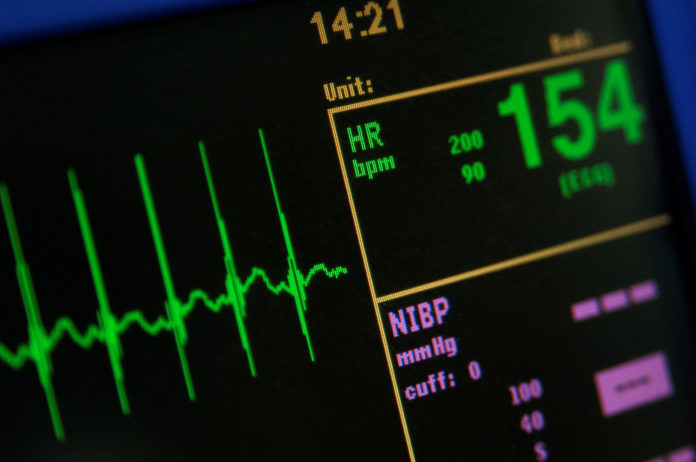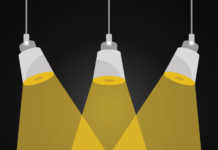
Panasonic and Kyoto University’s Centre of Innovation have partnered and developed their radar health monitor with major improvements that are suited for today’s consumers.
The radar health monitor was first developed in 2016 and enables personal health care in the home. The objective for the radar was to monitor accurately and instantaneously measure the body’s vital signals. It provides information such as respiration and heartbeats wirelessly.
Now technology for the device has been advanced as well as downsized. Originally the prototype was the size of a microwave oven. The goal of the team was to refine the device. By incorporating a number of improvements, the new radar health monitor includes the use of a wider 79-GHz frequency band. By incorporation CMOS semiconductors into a single chip, they have also optimized the measurement sensitivity.
The sensitivity not only affects the radar signals, but also raises the resolution in the distance direction of the measurement range.
The changes also provide precise separation of the noise that would have affected the accuracy of the estimation of the heartbeat interval. With these improvements you will be able to simultaneously measure the heartbeat of multiple people using a single radar.
Panasonic and Kyoto University built software that filters only the heart’s minute motions. By combining the sensor and the radar with a signal analysis algorithm, the radar is able to measure how the body moves as the heart beats.
“Measuring respiration and heart rate – without attaching cumbersome wires to the body – will greatly benefit modern medicine and home healthcare,” noted Toru Sato lead researcher and Kyoto University professor.
“Moreover, it will reduce stress by not subjecting the individual to a feeling of being monitored,”
“The device now utilizes the 79 GHz frequency band, instead of the previous 60 GHz along with incorporation CMOS semiconductors”.
“As a result, range and resolution improved, and it’s now only about one-tenth the size – as big as a smoke detector,” continued Sato.
With the new frequency band, the sensor is able to effectively measure the heart rates of multiple individuals in the same room. The duo believe that with these new improvements will allow sensors to be used in at-home appliances that will “safely monitor” consumers.
“This technology holds great promise for the future development of devices to monitor health remotely, we are currently considering test sites for observing the multiple applications of our sensor.”













